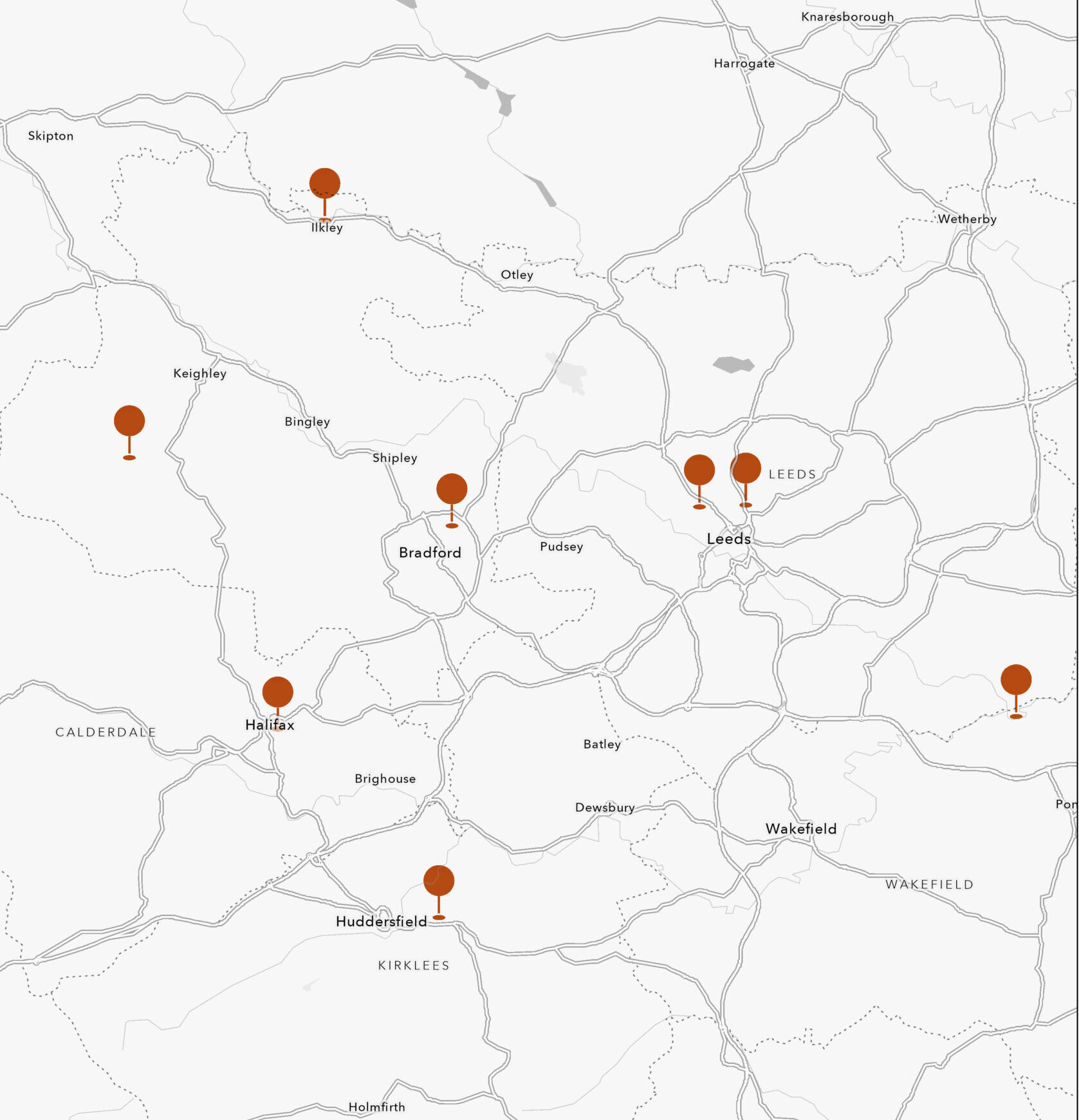Heritage and Place – a regional approach
Stepping outside of the Liverpool City Region for a while, CHerPP's Tamara West and Rafaela Neiva Ganga highlight aspects of a report they have undertaken on the importance of funding heritage to place and community


Tamara West, CHerPP Project lead

Rafaela Neiva Ganga, CHerPP Co-Lead
Our CHerPP work explores a nationally framed research call and related policy approach. It is also regionally focused. Here, the importance of heritage and an embedded heritage ecosystem to local communities is a key element in understanding and capturing diverse values and benefits.
Heritage is place – the two are intertwined. This can be at once transformative and limiting. It means that a heritage site, collection or practice can act as catalyst for social and economic benefit. It also means it can be endangered or negatively impacted by cuts to local budgets or shifts in regional and national policy.
Stepping outside of our CHerPP duties, we recently responded to a DCMS rapid evidence call and undertook research into the impacts of changes to Local Authority funding to small to medium heritage organisations.
We utilised a regional case study approach (West Yorkshire Combined Authority) in order to explore in more depth the impact of increased budgetary pressures on local heritage organisations, their communities, and their mitigating strategies. As well as interviewing representatives from each of the Local Authorities, we undertook 8 case studies of heritage organisations, including council-run and community asset transfer sites. This was supplemented by a systematic literature review in order to frame the case studies within a wider national operating context.
The findings showed some clear overlaps with our CHerPP work in relation to the centrality of heritage to place, and the impacts of sites and collections across different communities. The case studies showed that place and heritage are inextricably linked. Intangible heritage organisations are key to local communities, but face uncertainty due to short term funding allocation models. Council-run cultural heritage sites that are central to local and in many cases national cultural offer have faced successive reductions in funding but continue to offer space for communities and to amplify the uniqueness of their districts. Volunteers running community asset transfer sites and community heritage trusts act as guardians and advocates for place-based pride, education and identity, and their sites often become catalysts for place-based growth, as well as cross-community initiatives and wellbeing. Loss of, or limited access to public heritage can impact across communities for that very reason.
Our full report can be accessed here